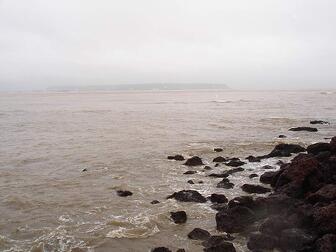 Wouldn't it be great if the first thing a potential customer said to you was that they were in the process of looking for exactly what you do? The reality is that it wouldn't.
Wouldn't it be great if the first thing a potential customer said to you was that they were in the process of looking for exactly what you do? The reality is that it wouldn't.
Outside of the high probability of commoditization that exists in this scenario, the bigger risk is that you will be overtaken by the biggest competitor of all: inertia; the dreaded status quo.
According to a recent sales survey, more than 40% of buying processes are ending with a "no decision." That's right - more than 40% of the time (and growing) buyers, despite the impetus to buy something and the costs associated with the buying process, are simply deciding to do nothing.
This is horrible (though not surprising) news for sellers. "No decisions" incur all of the costs associated with a successful sale with absolutely none of the benefit. Further, it bogs down available sales and operations resources, making business even less predictable.
It is for this reason that sellers must not miss the very first, and most important, "sale:" the decision that the status quo is unacceptable, that change must occur.
Unfortunately, very few sellers pay any attention to determining the cost of the status quo. With solutions in hand, they focus on demonstrating the value/benefit of buying from the seller.
The only way to break free from the status quo is to develop and implement a diagnostically-based sales approach. Rather than providing expertise on solutions, sellers must provide deep expertise on the problems their customers face, and utilize that expertise to:
- Help their customers understand the status quo and the problems associated with it,
- Quantify the cost of the problem, and
- Get customers to agree that the status quo is no longer a viable option.
Only then should a seller begin to focus on their solutions.

 Doug Davidoff
Doug Davidoff